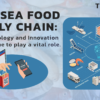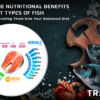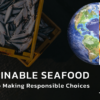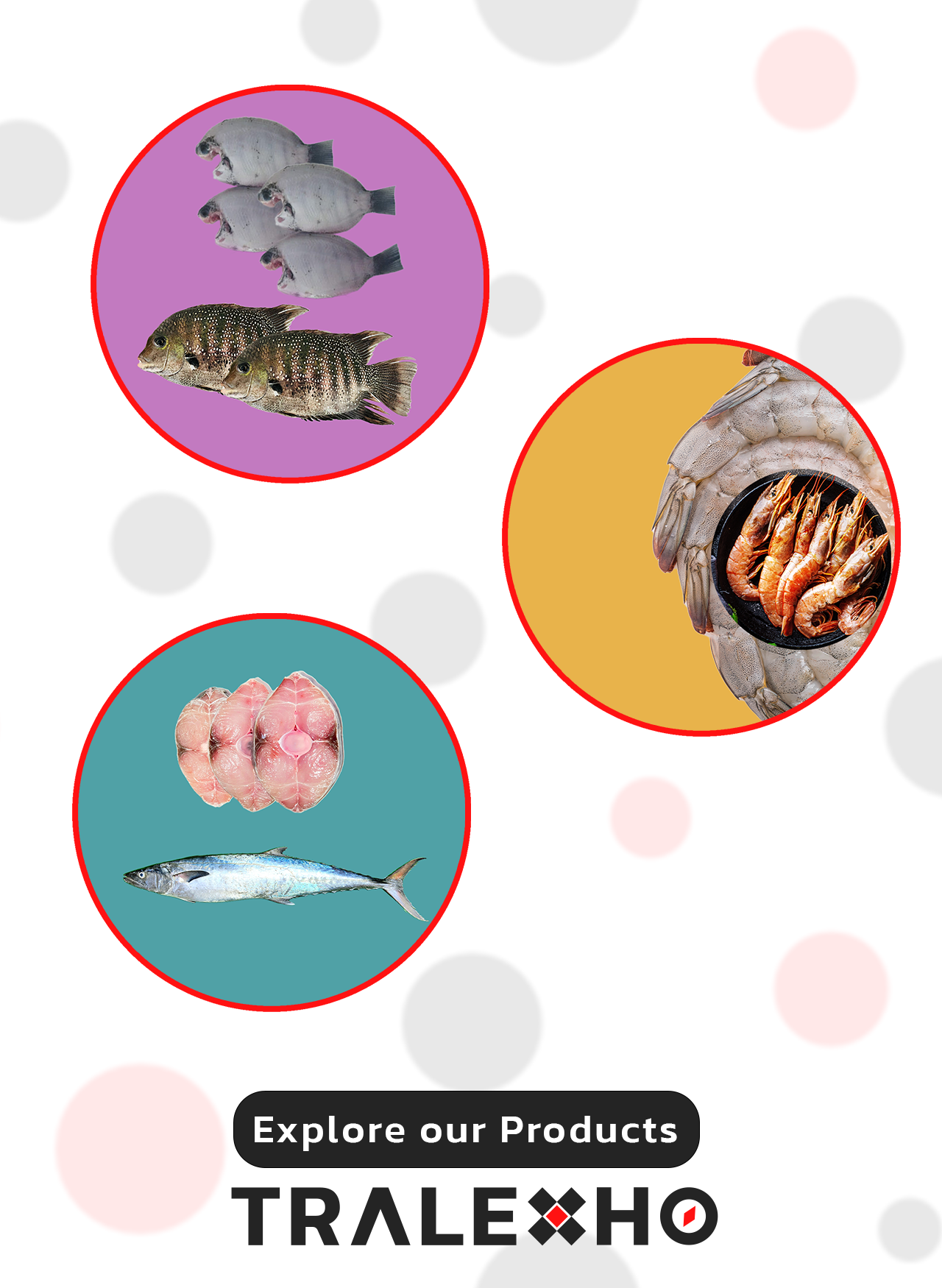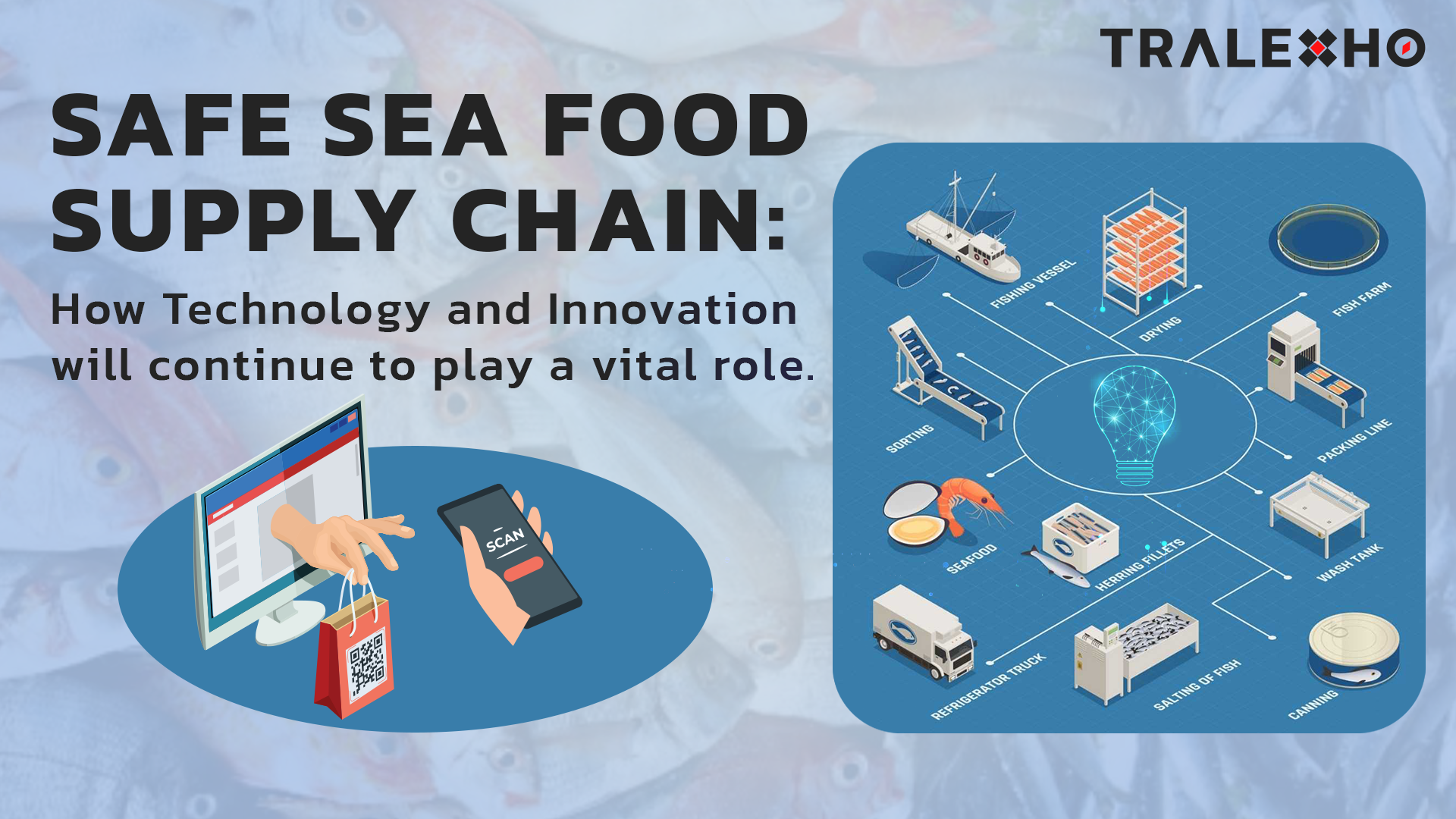
Safe Seafood Supply Chain: How Technology and Innovation will continue to play a vital role
The seafood industry plays a vital role in the global food supply chain, with millions of people relying on seafood as their primary source of protein. However, ensuring the safety and sustainability of seafood products is a complex challenge with many factors to consider. Fortunately, technology and innovation have played a vital role in addressing these challenges, and there is a wealth of potential for further innovation in this area.
Food Safety
Food safety is a top priority in the seafood supply chain, and it can be challenging to ensure that seafood products are safe for consumption throughout the supply chain. However, advancements in technology, such as DNA testing techniques, Blockchain, Traceability methods and IoT, can help improve seafood safety.
Sustainability
Sustainability is a critical issue for the seafood industry, with overfishing and illegal fishing practices threatening the long-term viability of the industry. However, technology and innovation can help address these challenges. By using technology, we can also reduce waste and improve efficiency in the seafood supply chain, thereby further improving sustainability.
Traceability
Traceability is essential in the seafood supply chain, as it plays a vital role in addressing issues related to food safety and sustainability. Technology plays an important role in enabling traceability, which refers to the ability to track the movement and critical events of seafood products from their origin to the point of consumption. This process involves identifying the source of the seafood, documenting its journey through the supply chain, and maintaining records of any changes or processing that the product undergoes along the way.
There are several reasons why traceability is important in the seafood supply chain. Firstly, it helps to ensure that seafood products are safe and of high quality. By tracking the journey of a product, it is possible to identify any potential sources of contamination or quality issues and take action to address them before the product reaches consumers.
Secondly, traceability is essential for ensuring the sustainability of the seafood industry. By tracking the origin of seafood products, it is possible to identify whether they have been sourced from sustainable fisheries or aquaculture operations, and thus illegal fishing practices, overfishing, or other ethical concerns can be addressed. This information can be used to make informed decisions about the use of natural resources, protect marine ecosystems, and assist law enforcement organisations in taking preventive measures. Overall, traceability is a crucial aspect of the seafood industry as it helps ensure the safety, sustainability, and ethical practices of seafood products in the supply chain.
IoT Technology
IoT (Internet of Things) is another technology that can play a vital role in ensuring the safety, sustainability and traceability of seafood products. IoT devices such as sensors and smart devices can be used to monitor various parameters such as temperature, humidity, and location, providing real-time insights into the conditions in which seafood is being transported and stored.
IoT devices can be integrated with other technologies such as blockchain, AI, and machine learning, to create a more robust and reliable seafood supply chain. For example, IoT sensors can be used to monitor the storage conditions of seafood products during transportation, and the data collected can be stored on a blockchain-based platform, providing an immutable record of the product’s journey. This data can then be analysed using AI and machine learning algorithms to identify patterns and trends, helping to improve the efficiency of the supply chain and minimise the risk of spoilage and contamination.
Moreover, IoT devices can also be used to provide real-time alerts and notifications if any of the parameters fall outside the required limits, allowing for prompt corrective action to be taken. This can help to prevent potential safety issues and reduce waste, improving overall sustainability.
Conclusion
In conclusion, technology and innovation are crucial in ensuring the safety, traceability, and sustainability of seafood products. By integrating novel technologies we can create a more resilient and sustainable seafood supply chain, ensuring that seafood remains a safe, healthy, and environmentally friendly source of nutrition for future generations. As the demand for seafood continues to grow, it is essential that we continue to leverage technology and innovation to address the challenges facing the seafood industry and to ensure its long-term sustainability.
Recent Posts
- Safe Seafood Supply Chain: How Technology and Innovation will continue to play a vital role
- Dive into the Nutritional Benefits of Different Types of Fish: A Guide to Incorporating Them into Your Balanced Diet
- The Need for Transparency: Understanding the Impact of unhealthy fishing & aquaculture practices that Diminish Nutrition
- Sustainable Seafood: A Guide to Making Responsible Choices
- The Future of Food Safety: Emerging technologies To Ensure Trust And Transparency

